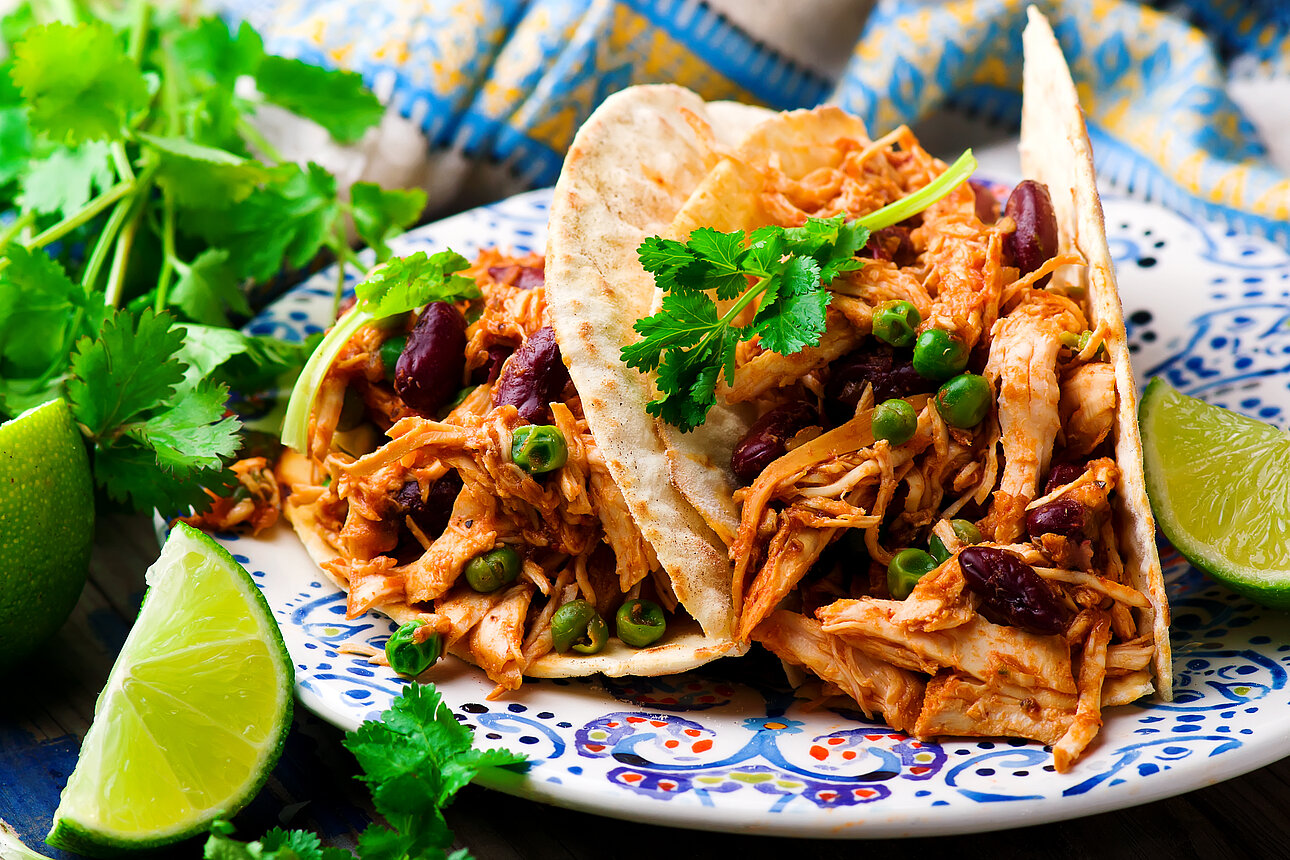There are 21 Latin American countries spread across South America, Central America, North America (Mexico), and the Caribbean, accounting for over 665 million people, or about 8% of the world’s population. As you can imagine, this equates to numerous different styles of cuisine.
Even so, it’s not unusual for Americans to lump all the food from these varied regions into one category. Common misconceptions concerning Latin American food derive, in part, from limited knowledge and exposure. What can you do to dispel these myths and introduce consumers to the panoply of Latin American cuisine?
Subscribe to In-sight to receive articles and reports directly to your inbox, CLICK HERE!
All Latin American Food Is Mexican
In America, Latin American food has become synonymous with Mexican cuisine, but this is only a small part of the varied spectrum of dishes from this vast region. Tacos, burritos, and enchiladas from our neighbors to the south have all become staples of the U.S. dining landscape, but they’re far from the only foods to come out of Latin America.
If you’ve heard of dishes like Bolivian sopa de maní, Venezuelan arepas, Argentinian choripán, Brazilian moqueca, El Salvadoran pupusas, or Puerto Rican bacalaítos, which are popular in their countries of origin, you’re ahead of most Americans.
Introducing the U.S. market to new foods isn’t always easy, but the push to try novel and exotic foods during the pandemic opened the door. Restaurants and food manufacturers can take advantage of the opportunity by incorporating an array of Latin American flavors.
It’s Too Spicy
The average American palate isn’t exactly designed to favor the spicy stuff. That said, spicy foods and beverages have been trending in the U.S. over the past few years, partly due to the pandemic. The development may also be linked to the popularity of TikTok spicy food challenges or YouTube programming like Hot Ones.
Of course, not all Latin American food features high heat. Chilies and other types of peppers are a common inclusion in many Latin American cuisines, but so are ingredients like cilantro, thyme, oregano, cumin, anise, cinnamon, cocoa, vanilla, and even low-heat options like sweet ají dulce peppers or mildly peppery achiote.
It’s Not Latin American Without Salsa
This is simply untrue. Salsas are common in many Latin American countries, but they aren’t the only sauce, and the red, tomato-based salsa most Americans think of when they hear the word may not even be the most popular.
In Mexico, for example, consumers tend to prefer salsa verde cruda, a green version made with tomatillos — and let’s not forget the incredible array of mole recipes. Other sauces gaining notice and popularity stateside include Argentinian chimichurri, Costa Rican Lizano, Cuban mojo de ajo, and Peruvian huancaína.
Related: Exploring Multicultural Consumption
Latin American Food Isn’t Healthy
There is a common misconception that all Latin American food is fried and greasy, but this is far from true. Plenty of unique dishes and even cuisines rely heavily on vegetarian ingredients.
Peruvian food, for example, includes popular meat and seafood dishes like lomo saltado and ceviche. However, the country is also famed for its vast variety of potatoes, which are said to number in the thousands and serve as the star of dishes like causa and escribano arequipeño.
Head to the Yucatán region of Mexico for options like papadzules and sopa de lima. While meat is certainly a large part of many Latin American cuisines, it can be added in healthful ways, with a variety of fresh produce, rather than being fried with cheese.
Expand Your Latin American Options
Misconceptions about Latin American food might keep some Americans from trying international cuisines. When restaurants offer a variety of food from different Latin American countries, complete with versatile spices, sauces, and healthy options, diners are sure to be delighted.
To learn more about our products and insights, get in touch with our team at Symrise today, Contact us here!






